China is poised to become the global leader in nuclear power, with projections indicating that its nuclear capacity will surpass that of the United States by 2030. Currently, China has nearly as many nuclear reactors under construction as the rest of the world combined, reflecting its rapid expansion in this sector.
Many of China"s reactors are based on American and French designs. However, China has successfully navigated construction delays and cost overruns that have hindered nuclear power expansion in Western countries. The country is also making advancements in next-generation nuclear technologies and investing significantly in fusion energy, which has the potential to provide a limitless source of clean power.
Beijing aims to position itself as a supplier of nuclear power globally, joining a select group of nations, including the United States, Russia, France, and South Korea, capable of designing and exporting advanced nuclear technology.
The Trump administration has set a goal to quadruple U.S. nuclear power capacity by 2050, while also developing new reactor technologies for domestic use and export. Officials express concerns that if China dominates the nuclear export market, it could enhance its global influence through long-term partnerships formed by building nuclear plants in other countries.
China"s efficiency in producing nuclear reactors is a significant advantage. The country can assemble reactors in just five to six years, which is twice as fast as the pace in Western nations. In contrast, U.S. nuclear construction costs have increased significantly since the 1960s, while costs in China have decreased by half during the 2000s and have since stabilized. The only two U.S. reactors built this century took 11 years and cost $35 billion.
For further context on international developments, see recent developments in Japan"s defense policy.
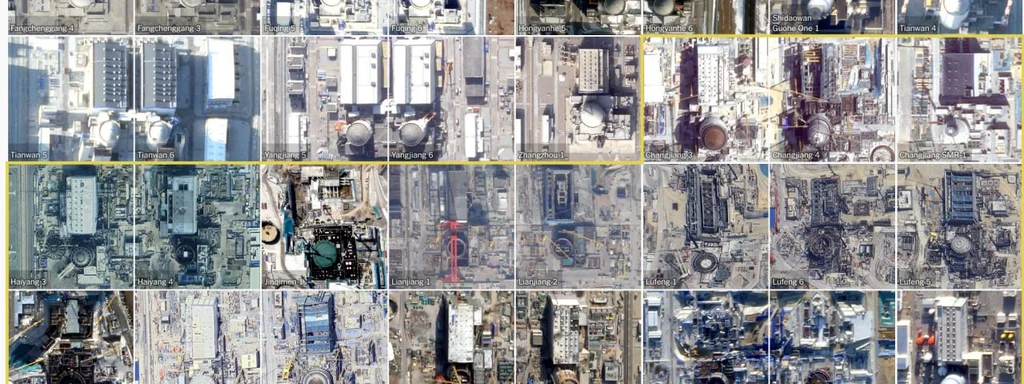

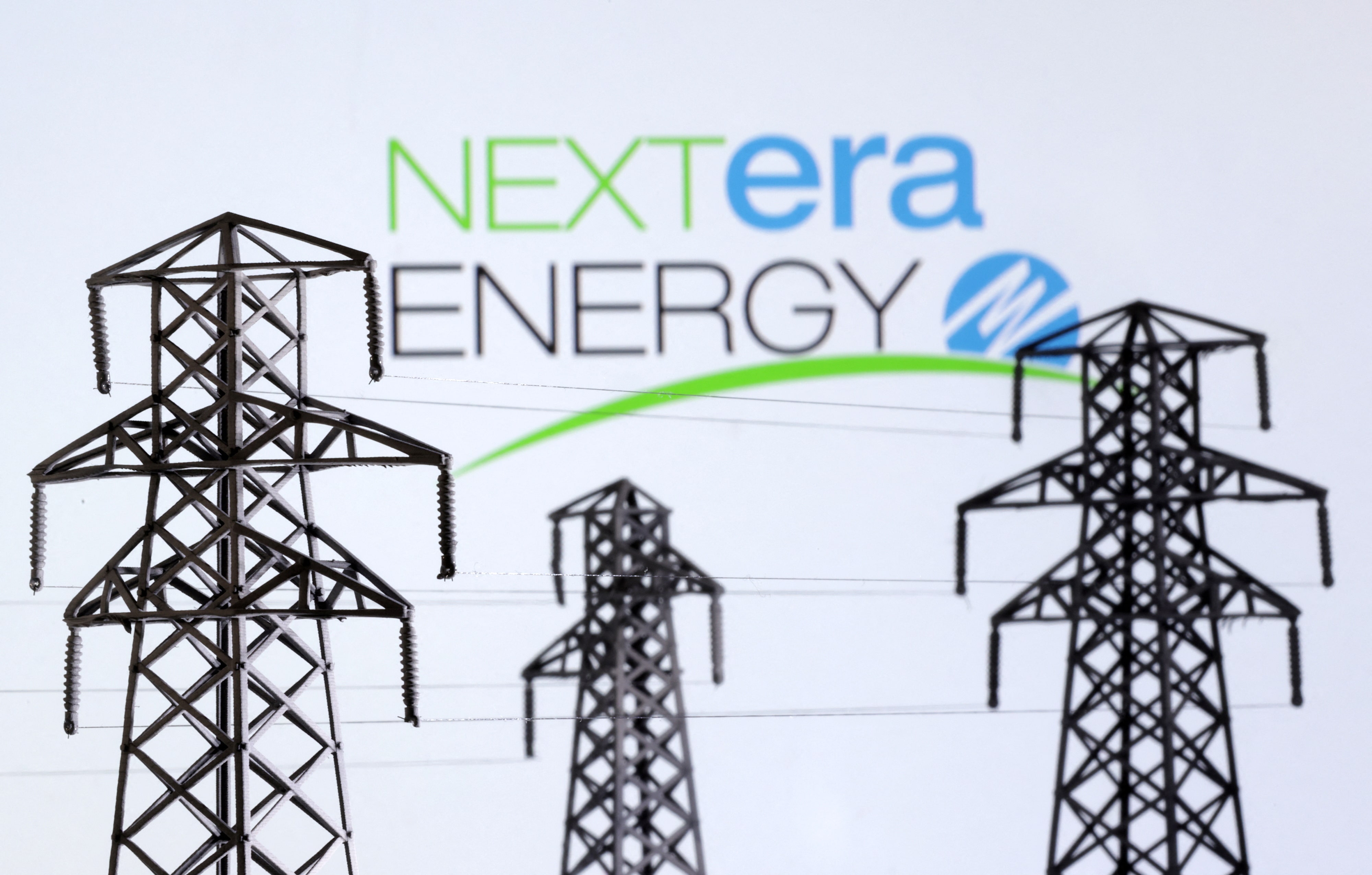
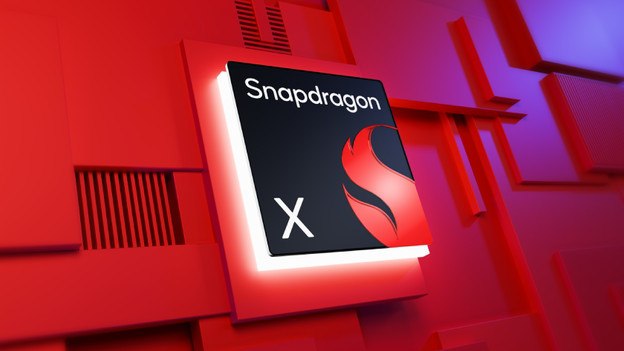
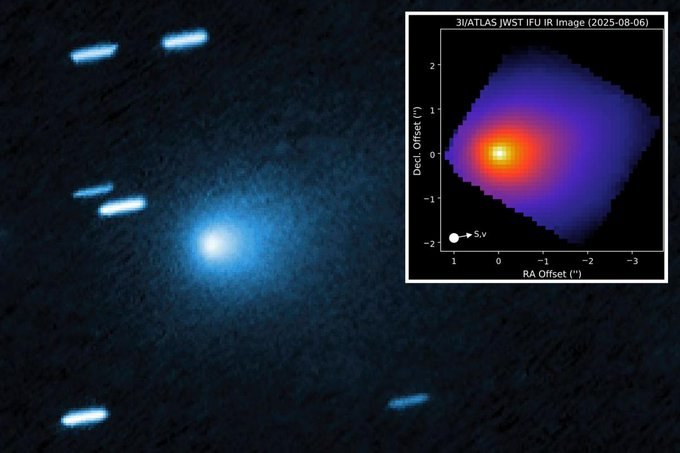
![[Video] Hurricane Melissa makes landfall near Treasure Beach, Jamaica](/api/image/thumbnails/thumbnail-1761664848685-fx8mhl-thumbnail.jpg)
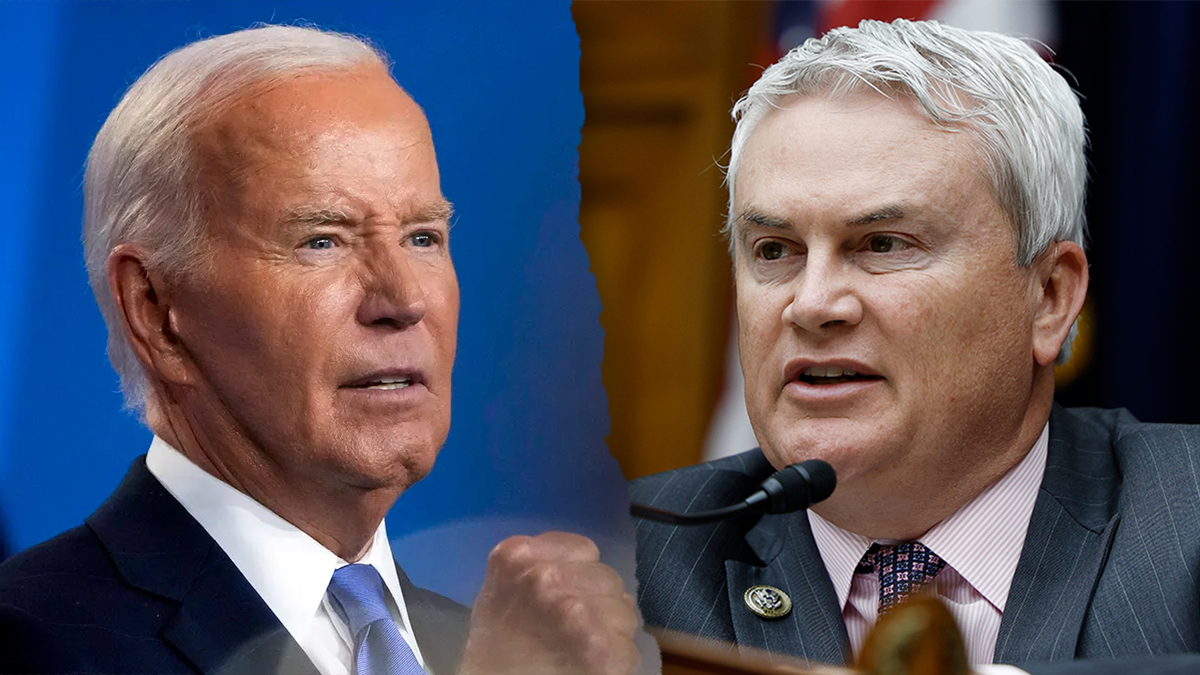
![[Video] Trump directs Department of War to strike four drug trafficking vessels](/api/image/thumbnails/thumbnail-1761663646003-735zvu-thumbnail.jpg)
